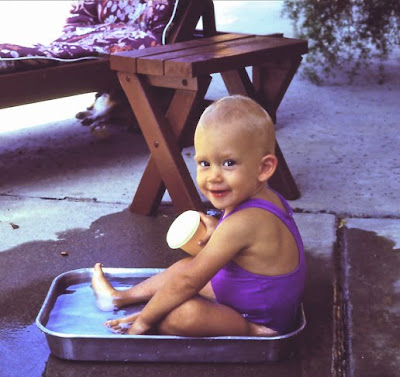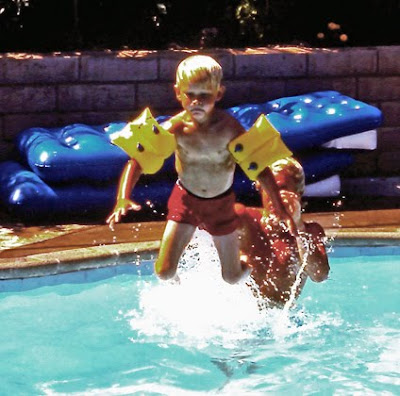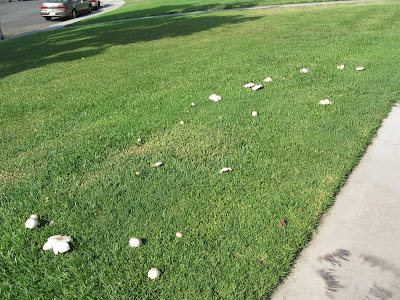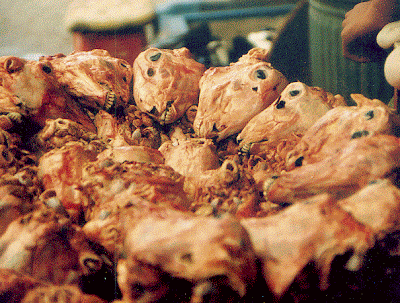
I don’t hoard. I hardly even “collect” any more. But recently I’ve developed a thing for boxes.
Our local Ralphs Market is now selling shoe-box sized plastic storage boxes, complete with lids, for 88 cents. They have a monumental pile of them for sale. My eyes lit up when I saw them. I bought two.
I sent Box #1 home with my little granddaughters last weekend to carry some knitting needles and yarn that they wanted to practice on. I used the Box #2 to store some sundries in – Band-aids, little bottles of hand lotion, - things that were scattered around on a shelf but really were better contained in a box.
Last Saturday at the grocery store I bought two more boxes. Into Box #3 went a bunch of hair supplies, and into box #4 went all my computer program CDs and the backups I make.
Yesterday Jer went back to Ralphs to pick up some fresh strawberries they put on sale and I asked him to get me two more boxes. I had to point out to him that yes, I needed two more because I had already filled up the others.
So into Box #5 I put all the stationary and cards that were sitting on a shelf in my office. They had been in a cardboard box that was splitting at the seams and now they are tucked neatly into that plastic box. Into Box #6 went all the little cables for computer mice, external floppy drive, hub, digital camera cables, a tiny old audio cassette microphone and some various printed directions for now unremembered equipment which I might still have. I’m finding most of the time that the lids aren’t needed, but the lid fit nicely on top this last box and it now is sitting neatly in a dresser drawer.
I think I’ll pick up a final two plastic containers when we grocery shop this coming weekend. They will be in reserve in case more condensing is needed.
I do have a few more little items that would fit well into a container but they really are not for packing away. I have a couple of little colorful tin containers into which I toss all my loose change. It makes such a nice noise hitting the bottom and the sides of these tin boxes. They sit on a window ledge looking for the world like little “gee-gaws” that old people use to signal the outside world that there is somebody alive and well in this apartment. I’m trusting that no one will know that I have loose pennies, nickels and dimes in them.
But periodically I sort the change (and here’s where it gets a bit peculiar) and store it in appropriately-sized old pill containers that I set aside for that purpose. These filled containers then rest in one of my dresser drawers. I’ve done this for a long time.
Now it isn’t like I keep these forever and ever. The pill containers with quarters in them have bailed us out many times when we ran short of quarters for the Laundromat machines. And the dimes and nickel containers are easily dropped into my purse if I go genealogical researching at a library where I need small change for the photocopy machines. So the money gets used and replaced. It beats going to the bank for a roll of quarters. And I like to know that I have money at hand, though in this day and age small change is so valueless that it’s almost not money anymore.
I know this is a peculiar habit. Even Jerry doesn’t understand it. But I don’t call this collecting, and I don’t think it is hoarding, either. It isn’t like one day I’ll disappear and Jerry will find me a few months later buried under a pile of tins and pill containers like the recent newspaper article told about the man who discovered his wife dead under piles of junk in their house. The most I will admit to is that keeping these things maybe is a bit odd. But “odd” is not a certifiable condition, so I’m safe.
I think everyone has a few little oddities in his or her life, don't you?
However, someday I’ll tell you a really odd story - about the OTHER thing I keep in my office: it’s a Starbuck’s Frappuccino glass bottle full of cat whiskers. But that’s another story for another time.






































